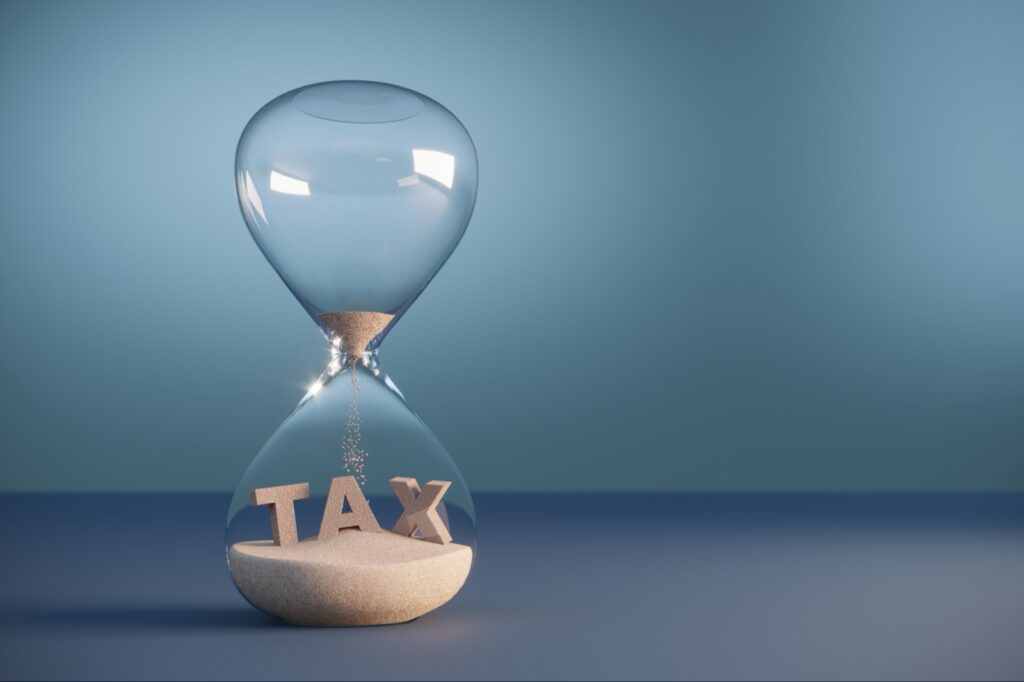According to NADA, nearly 20% of auto dealerships carried at least $1 million in first-round PPP loans last summer with many more carrying smaller size loans, serving as a financial lifeline for auto dealerships. The latest stimulus legislation included substantial changes and expansions of the PPP, opening the doors to a clearer path to forgiveness for auto dealerships. Additionally, for dealerships that are still struggling, the legislation included the option for a second-draw loan (with significant limitations). Here we provide an overview of the key provisions related PPP2 that auto dealerships should be aware of.
PPP1 Updates
Borrowers who received PPP funding in the first round following the CARES Act are eligible for the following updates to their existing PPP loans.
- Covered payroll expenses were clarified to specifically include employer-paid benefits including group life insurance, disability, vision, and dental insurance, expanding the window for eligible payroll costs to help meet the 60% threshold.
- More expenses are eligible for forgiveness, including COVID-related worker protection and facility modifications; property damage costs related to public disturbances; purchases of essential business goods and supplies on contracts entered into before the start of PPP covered period; and operating expenditures for software/cloud computing services essential for running the business. These amendments would not apply to loans that have already been forgiven. Be sure to talk over any facility modifications you made and any software you use with your advisor as these could be eligible for forgiveness under this measure.
- Tax deductions on related expenses are allowed. This overturns earlier Treasury guidance.
- The covered period has been made more flexible for borrowers. The covered period begins with the date of loan disbursement and may end any time between eight and 24 weeks from disbursement. However, the “alternative covered period” has been eliminated.
- Self-employed individuals, general partners, or owner-employees with at least a 5% stake are limited in forgiveness on their compensation. You can use 2.5 months’ worth of compensation during the year used to calculate your PPP loan amount with a cap at $20,833 per individual across all businesses.
- Loans up to $150,000 get a simplified forgiveness application process.
- Borrowers do not have to deduct Economic Injury Disaster Loan (EIDL) advance – Previously, EIDL advances were to be deducted from the PPP forgiveness amount, but that was repealed.
- Certain borrowers may request an increase to their first PPP loan. These include partnerships who did not include partner compensation in the loan amount calculation, borrowers who returned all or a portion of a PPP loan, and borrowers who did not accept the full amount of an approved PPP loan.
- PPP borrowers can also get an Employee Retention Credit (ERC).
- The CARES Act prohibited a business from claiming the ERC if the business received a PPP loan. The new legislation allows a business with a PPP loan to also claim the ERC, if eligible. However, the ERC and PPP loan forgiveness cannot be claimed on the same wages. Wages are first applied to the ERC and then to PPP loan forgiveness.
- Significant changes were made for periods after January 1, 2021. Certain businesses with fully or partially suspended operations or certain businesses with at least a 20% gross receipt drop during certain time periods are eligible. 70% of wages (up to $10,000 per quarter) qualify for the credit including the cost to provide health benefits. The maximum credit per employee is $14,000. Similar to the 2020 ERC and the first PPP, the same wages cannot be claimed for both the ERC and PPP.
PPP2 Key Provisions
Borrowers can apply for a second PPP loan through this program if they have fully used their first PPP loan and meet the employer size and gross revenue criteria listed below. Eligible borrowers must:
- Have 300 or fewer employees.
- Have used or will use the full amount of their first PPP loan on or before expected date of second loan disbursement, and the full amount must have been used on eligible expenses.
- Have had at least 25% reduction in revenue for all or a calendar quarter of 2020 compared to the same calendar quarter in 2019. Gross receipts can be used for calculation, or annual tax forms can be used for those in operation for all four quarters of 2020.
- The gross receipts used for calculation were defined to include all revenue regardless of form in which it was received or accrued or the source.
- First draw PPP loans should not be included in 2020 gross receipts.
Contact Us
As a reminder, the SBA waived affiliation rules for PPP loans for franchisors and their franchisees with Franchise Identifier Codes (FIC). Each dealership can potentially apply for its own loan apart from other dealerships within a commonly owned group even if the total group’s employee count is over the threshold. Achieving maximum forgiveness of PPP loans will be essential for auto dealerships. If you have additional questions with your PPP loan, forgiveness application, or second request for funding, Selden Fox can help. For additional information please call us at 630.954.1400 or click here to contact us. We look forward to speaking with you soon.





